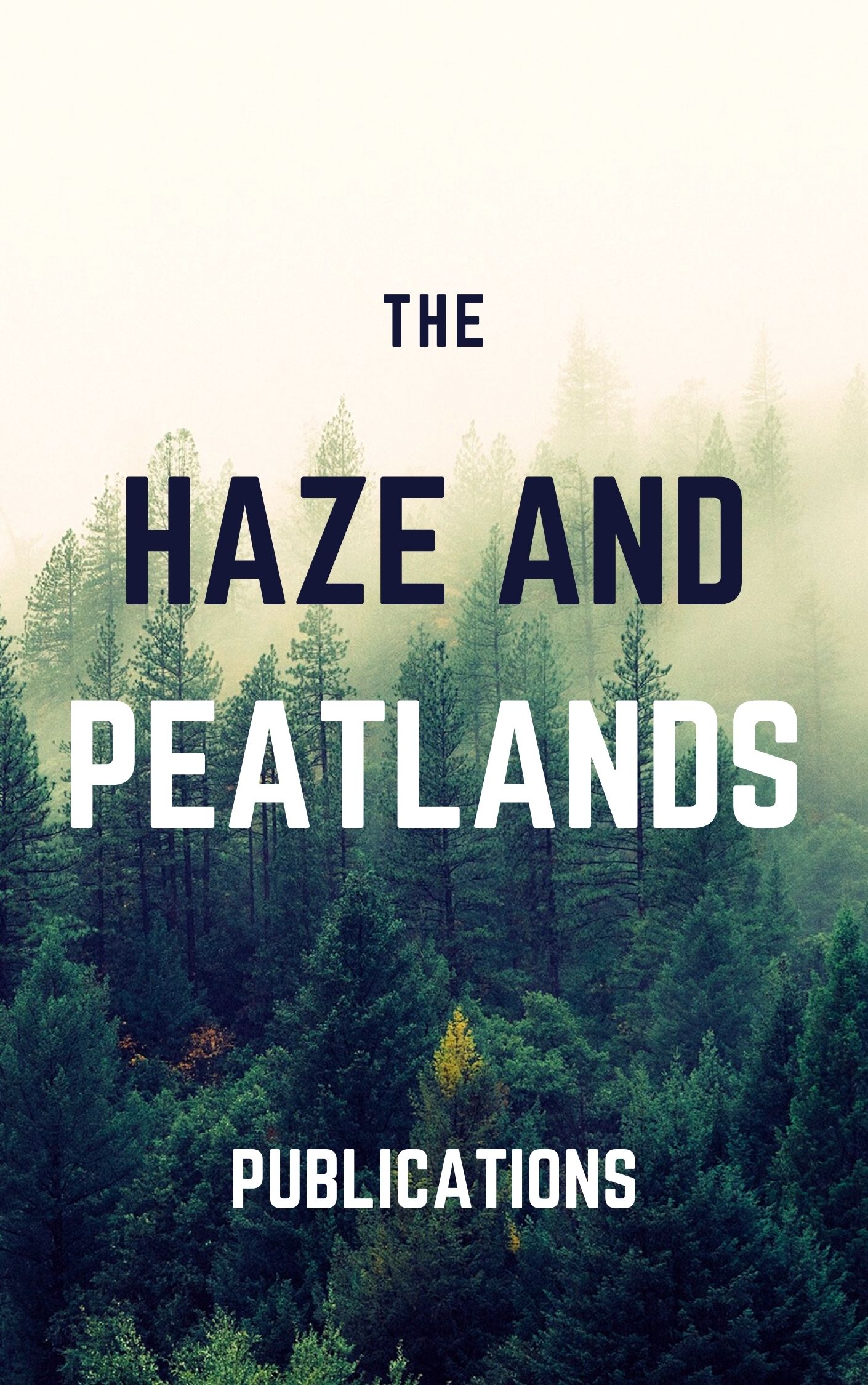Little is known about the diversity of tropical animal communities in recently fire-affected environments. Here we assessed species richness, evenness, and community similarity of butterflies and odonates in landscapes located in unburned isolates and burned areas in a habitat mosaic that was severely affected by the 1997/98 ENSO (El Nino Southern Oscillation) event in east Kalimantan, Indonesian Borneo. In addition related community similarity to variation in geographic distance between sampling sites and the habitat/vegetation structure Species richness and evenness differed significantly among landscapes but there was no congruence between both taxa. The species richness of butterflies was, for example, highest in sites located in a very large unburned isolate whereas odonate species richness was highest in sites located in a small unburned isolate and once-burned forest. We also found substantial variation in the habitat/vegetation structure among landscapes but this was mainly due to variation between unburned and burned landscapes and variation among burned landscapes. Both distance and environment (habitat/vegetation) contributed substantially to explaining variation in the community similarity (beta diversity) of both taxa. The contribution of the environment was, however, mainly due to variation between unburned and burned landscapes, which contained very different assemblages of both taxa. Sites located in the burned forest contained assemblages that were intermediate between assemblages from sites in unburned forest and sites from a highly degraded slash-and-burn area indicating that the burned forest was probably recolonised by species from these disparate environments. We, furthermore, note that in contrast to species richness (alpha diversity) the patterns of community similarity (beta diversity) were highly congruent between both taxa. These results indicate that community-wide multivariate measures of beta diversity are more consistent among taxa and more reliable indicators of disturbance, such as ENSO-induced burning, than univariate measures.
View source

